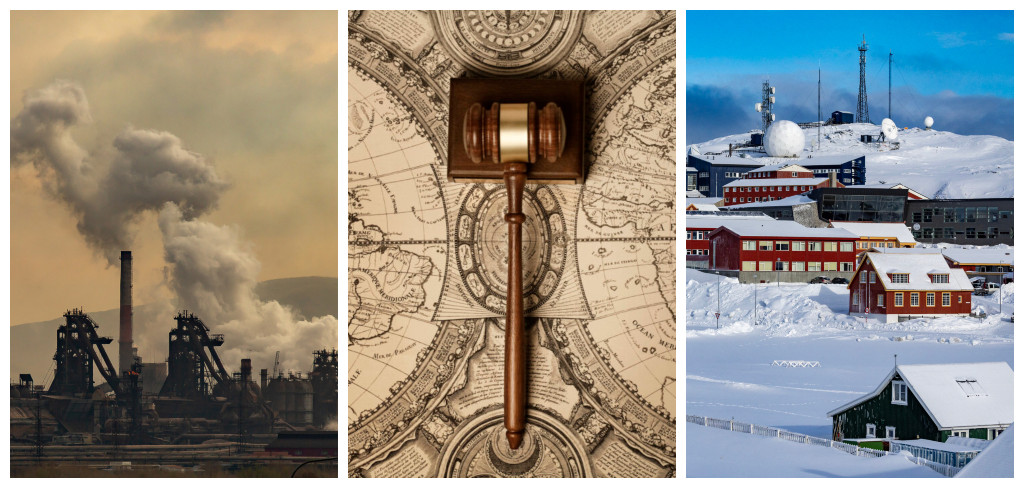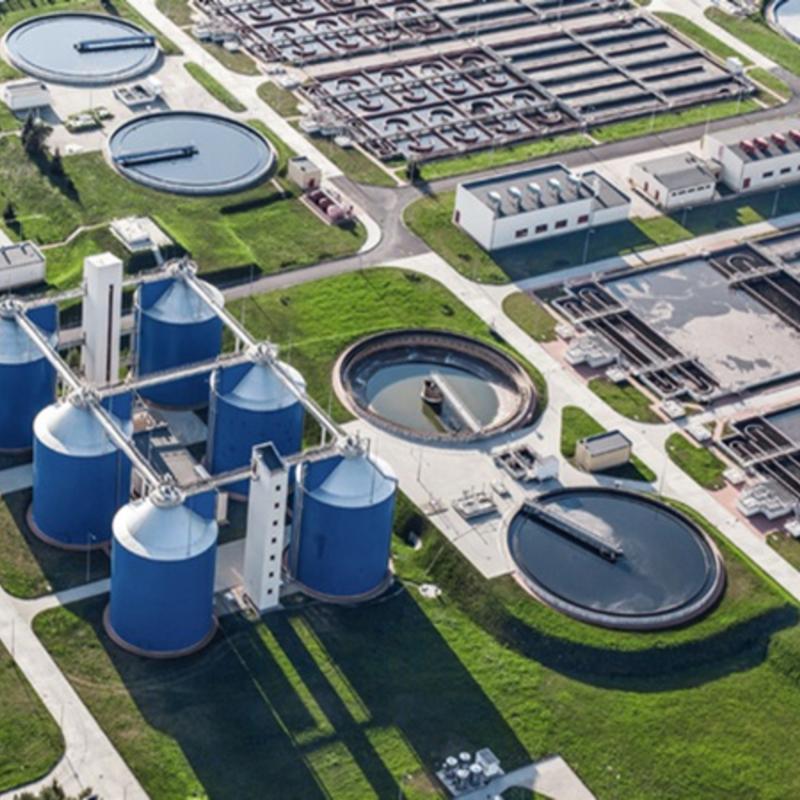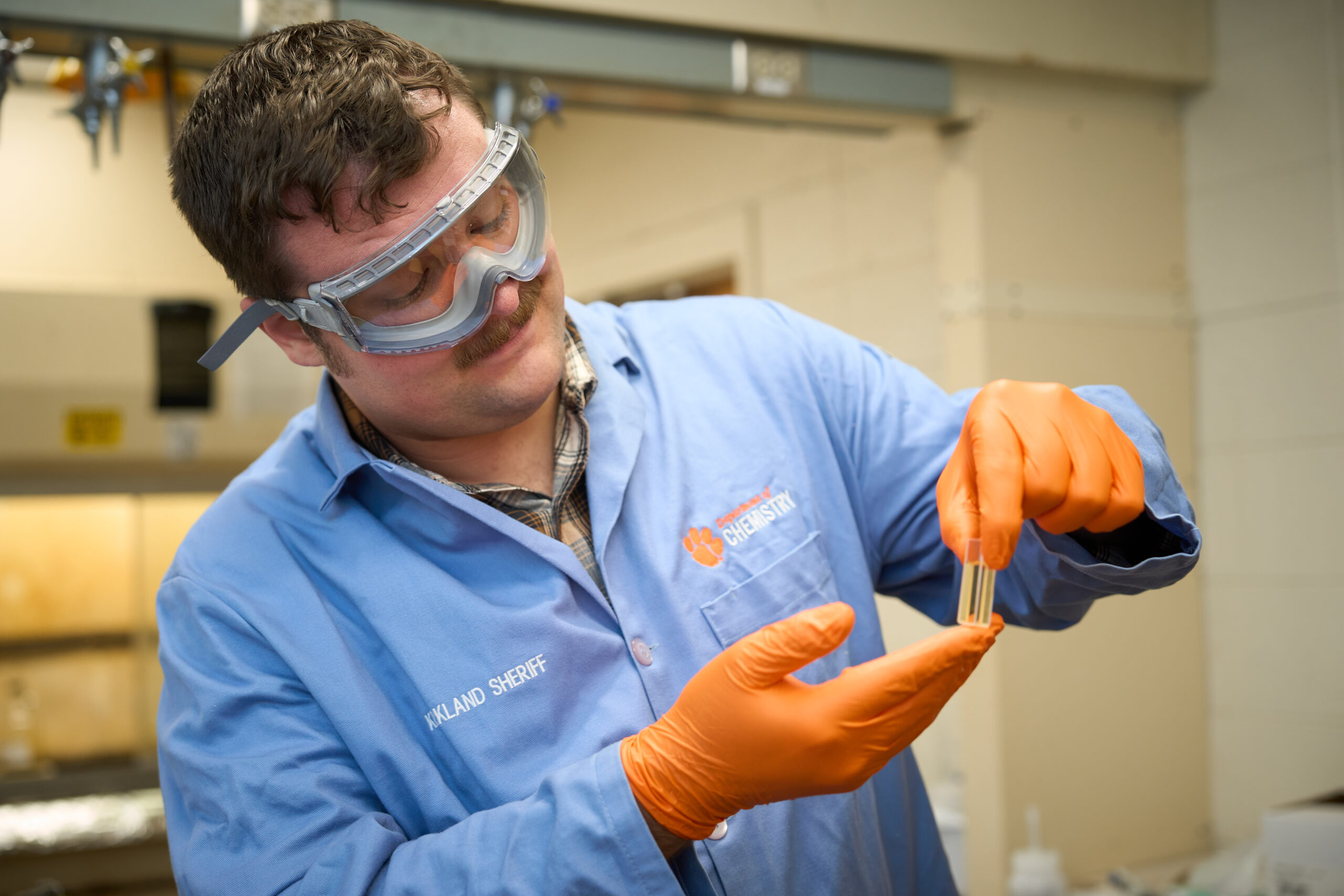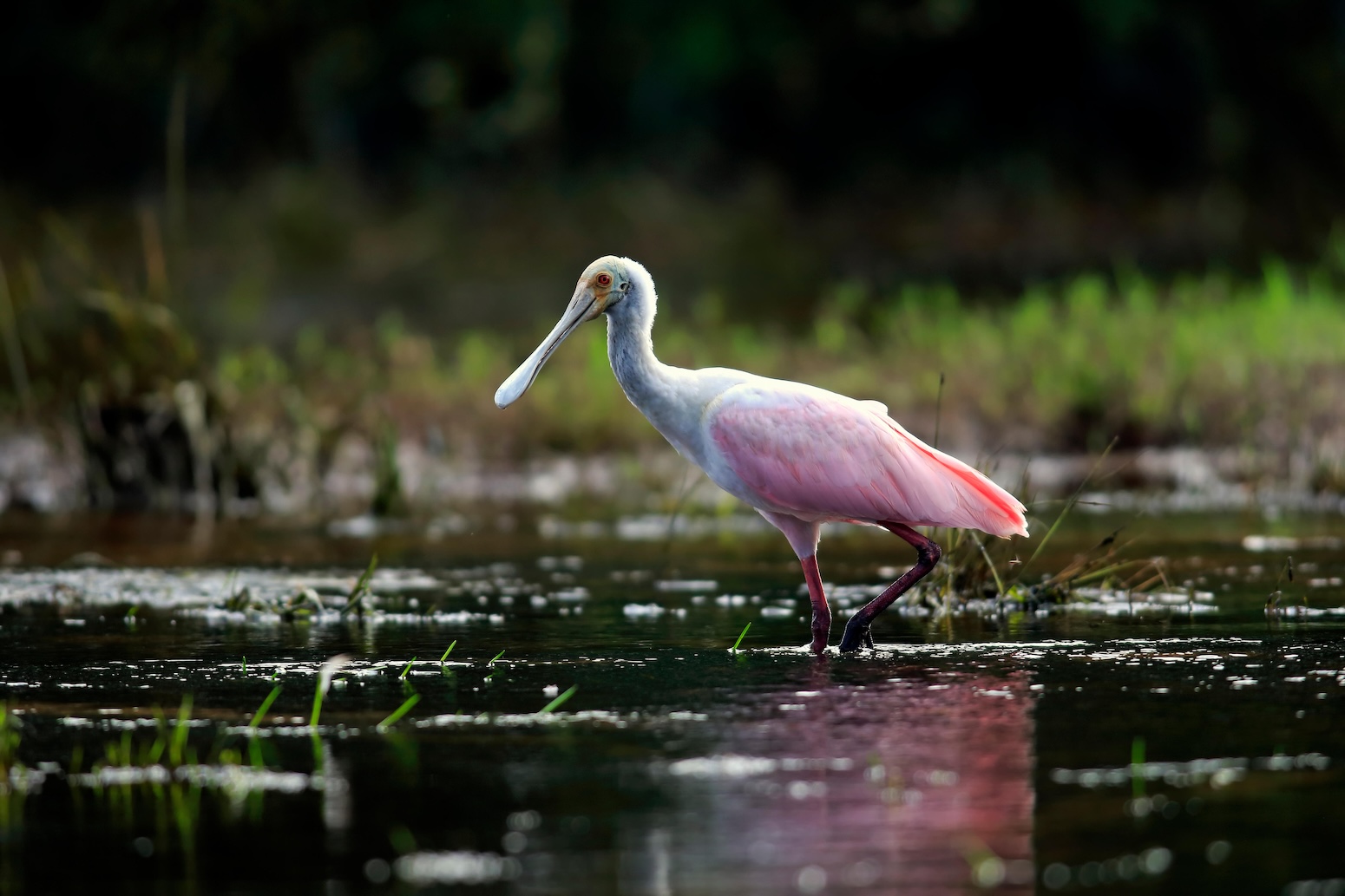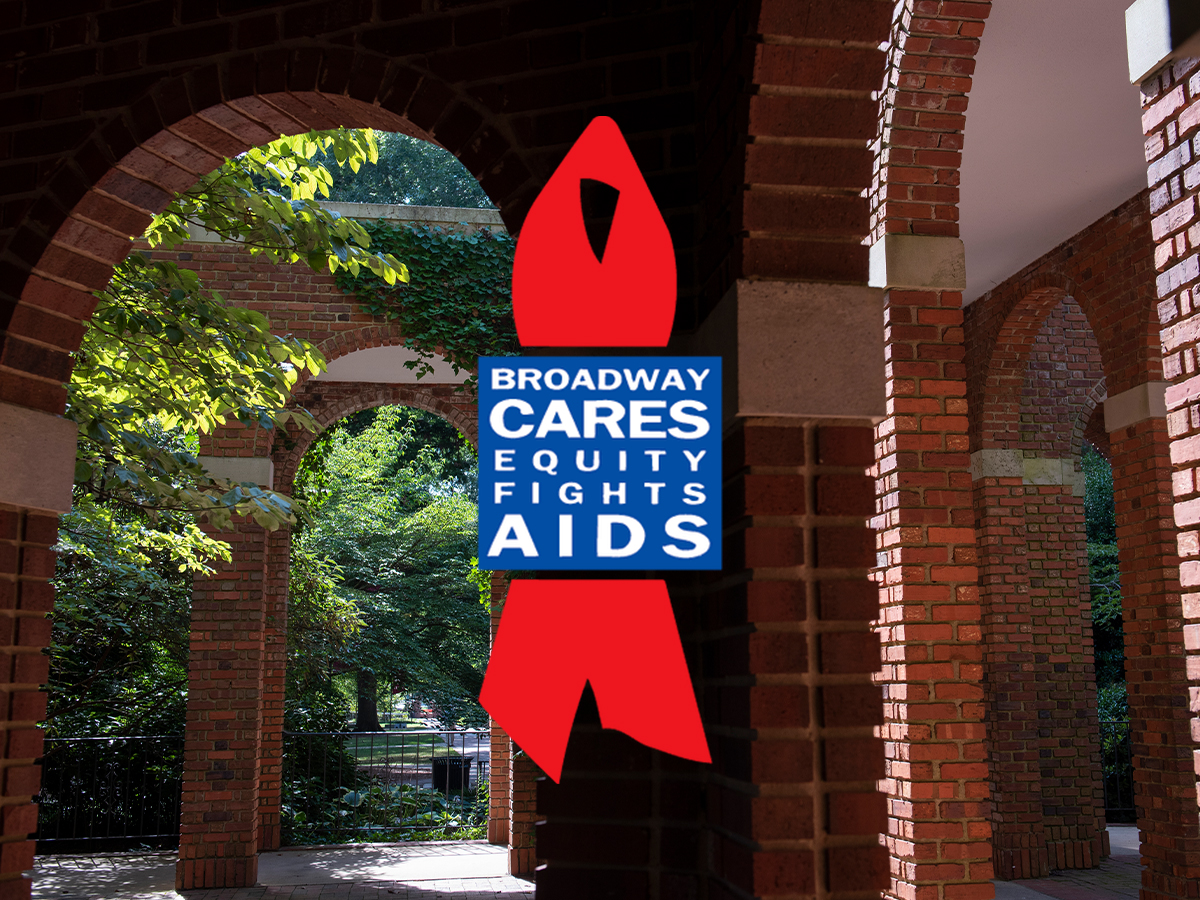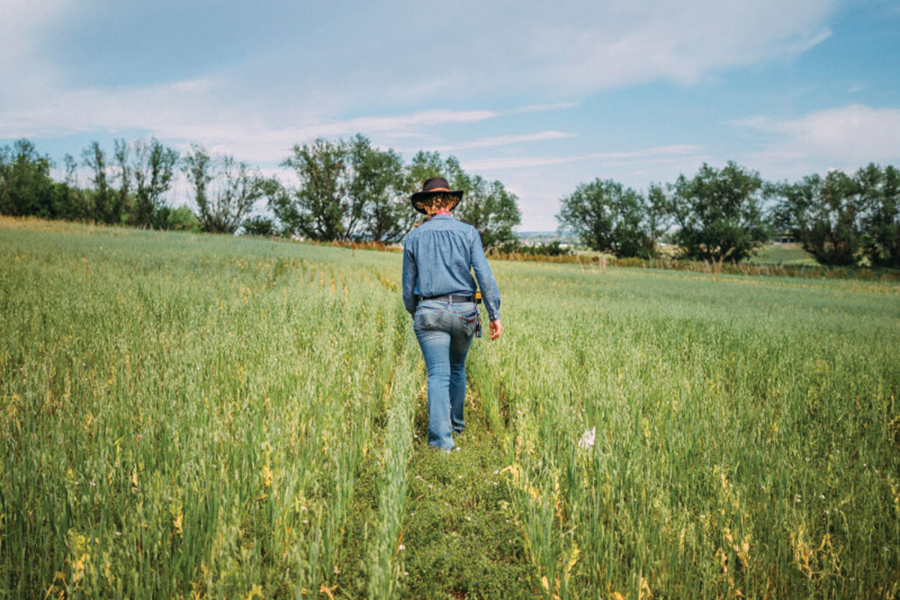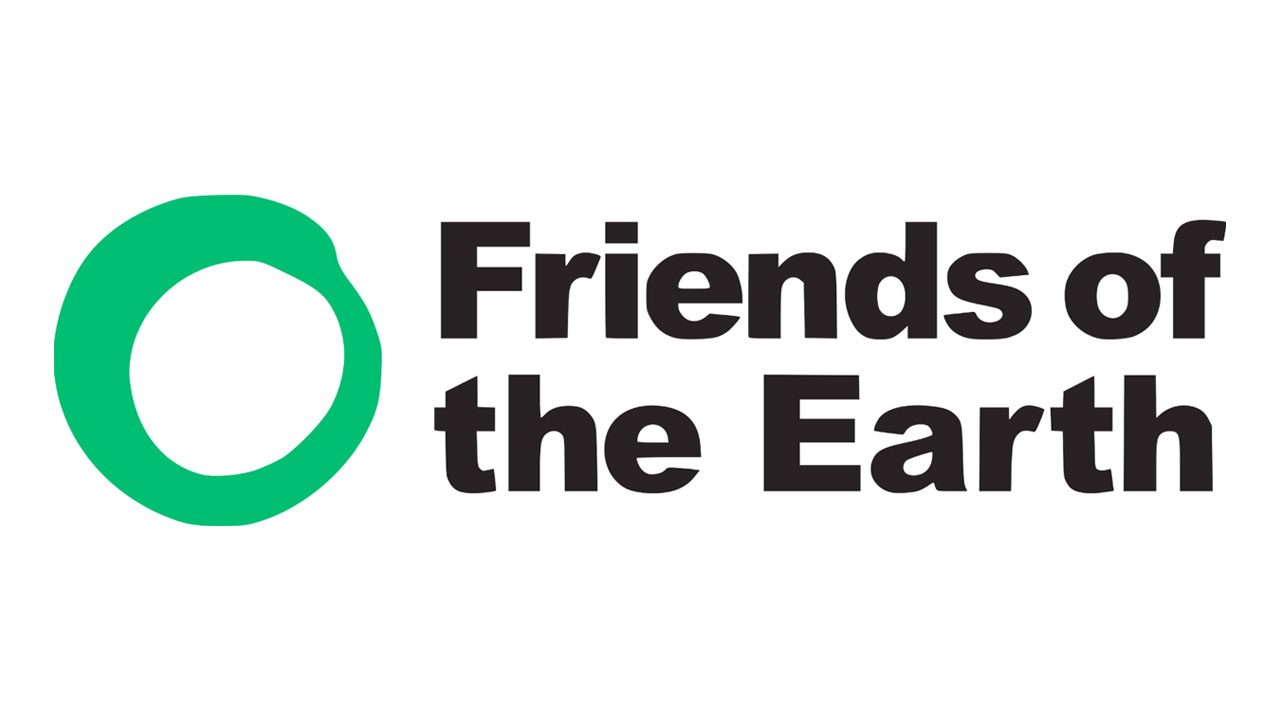Why we should build cities that are kind to nature
Call to Earth Day 2023, themed "Our Shared Home," emphasizes the connection between urban areas and wilderness. Cities produce pollution and threaten biodiversity, but innovative efforts are addressing these issues. Initiatives repurpose temple flowers in Varanasi, create safe spaces for wildlife in Hong Kong, build wildlife passages like bridges and tunnels, and promote nature-friendly buildings. These actions foster coexistence between humans and nature, making cities healthier and more sustainable for both. Join the celebration of such initiatives on November 8th, highlighting the path towards greener, wildlife-friendly cities in the face of global environmental challenges.

With most of the world’s population residing in cities, it’s often challenging to understand how our actions affect remote and wild regions. For Call to Earth Day 2023, we will focus on the vital link between urban areas and wilderness, and shed light on the impact cities have on distant natural spaces.
This year’s Call to Earth Day will take place on Wednesday, November 8, with the theme “Our Shared Home.” From the inner city to the suburbs, the plains, the mountains, the jungle, and beyond, we must protect and nurture our connected ecosystems.
Here, we explore how our cities can be part of the great tapestry of habitats on Earth.
Keeping cities clean
Pollution remains a significant challenge in city centers. Urban areas produce roughly 78% of carbon emissions worldwide and an estimated 60% of plastic waste found in the ocean begins its journey in a city, but innovative solutions to combat pollution can be found across the planet.
One example comes from Varanasi, a city on the Ganges, India’s holiest river. Here, discarded temple flowers clog up the waterways, so a local initiative started collecting the floral waste and transforming it into sustainable products.

Flowers discarded in the River Ganges during religious festivals are a source of pollution.
By repurposing these blooms, the project reduces river pollution and waste while providing employment opportunities for local people who process the waste flowers to create carbon-free incense and eco-friendly artificial leather.
This effort highlights how cultural practice and environmental consciousness can go hand in hand.
Creating spaces for wildlife
As urbanization continues to accelerate, so does the loss of biodiversity – a predicted 11 to 33 million hectares of natural habitat will be lost by 2100 as a result of urban development. But around the world people are working to carve out safe havens for animals among the high-rises and intersections.

A yellow-crested cockatoo is spotted on a telegraph wire next to a tree in Hong Kong Park.
The concrete jungle of Hong Kong is home to yellow-crested cockatoos, which, despite not being native to the area, are thriving thanks to safe nesting spaces created in an effort to conserve the critically endangered species. The feral flock is thought to represent around 10% of the remaining population, showing how cities can be safe spaces for wildlife.
Across the globe, cities are making strides to provide urban habitats for wildlife, such as the introduction of floating ecosystems to city waterways, offering refuge to urban aquatic species.
As cities grow, it becomes crucial to incorporate green spaces to maintain ecological balance and protect biodiversity.
Letting animals move
Through the sprawl of cities, animals increasingly encounter challenges in navigating their once-open territories. Land-crossing migratory routes and even birds’ flight paths are under threat.
A 2021 report on the disruption of wild animal migratory patterns found that a third of the animals studied had changed their normal migration route due to disturbance caused by human activities, such as hunting, agriculture, and logging.

This bridge provides a safe crossing for animals looking to avoid the busy highway in Canada's Banff National Park.
Wildlife bridges, tunnels, and corridors – such as those constructed in Canada’s Banff National Park – enable animals to migrate safely.
These initiatives foster coexistence between humans and wildlife, ensuring animals can roam freely without risking their lives on busy roads.
Nature-friendly buildings
As populations continue to rise, cities will continue to grow and eat into natural landscapes, but we can help combat the damage by making the buildings greener.
Nature-friendly buildings aim to harmonize with the environment rather than imposing on it. Such structures incorporate green roofs, vertical gardens, and energy-efficient designs, reducing their carbon footprint.

Urban structures don't have to be concrete towers. ACROS Fukuoka Prefectural International Hall in Fukuoka, Japan, is an example of a green building in the heart of the city.
From carbon-neutral office buildings to penthouses cloaked in leafy plants, cities around the planet are already adopting climate-friendly constructions. Some cities are even offering incentives to developers who integrate nature-friendly features, encouraging a more sustainable urban landscape.
By blending the urban and natural worlds, these buildings can become a crucial part of the solution to create greener cities for future generations.
Coexisting
Keeping cities clean through imaginative pollution solutions, creating spaces for wildlife, facilitating animal movement, and constructing nature-friendly buildings can mean a healthier and more sustainable coexistence between humans and the natural world.
These positive changes not only benefit local ecosystems and biodiversity but also enhance the health and quality of life for city dwellers.
For Call to Earth Day 2023, we will celebrate the initiatives that pave the way for greener, wildlife-friendly, and more resilient cities in the face of global environmental challenges. Join us for Call to Earth Day, “Our Shared Home,” on November 8th 2023.
What is Your Reaction?
 Like
0
Like
0
 Dislike
0
Dislike
0
 Love
0
Love
0
 Funny
0
Funny
0
 Angry
0
Angry
0
 Sad
0
Sad
0
 Wow
0
Wow
0













